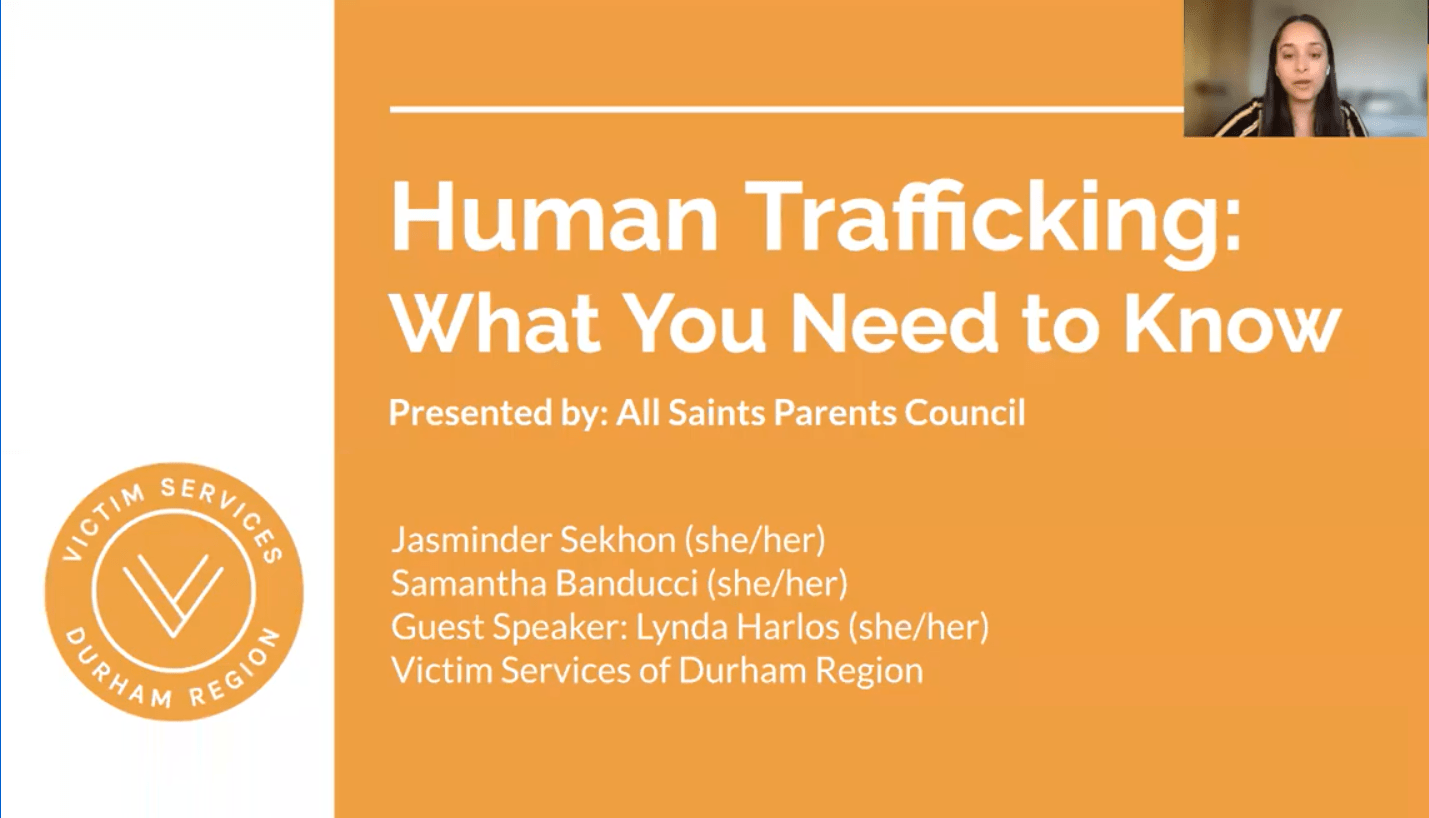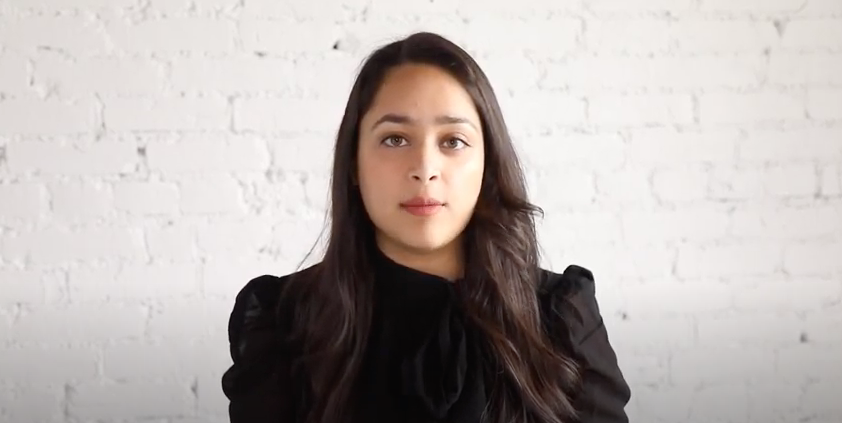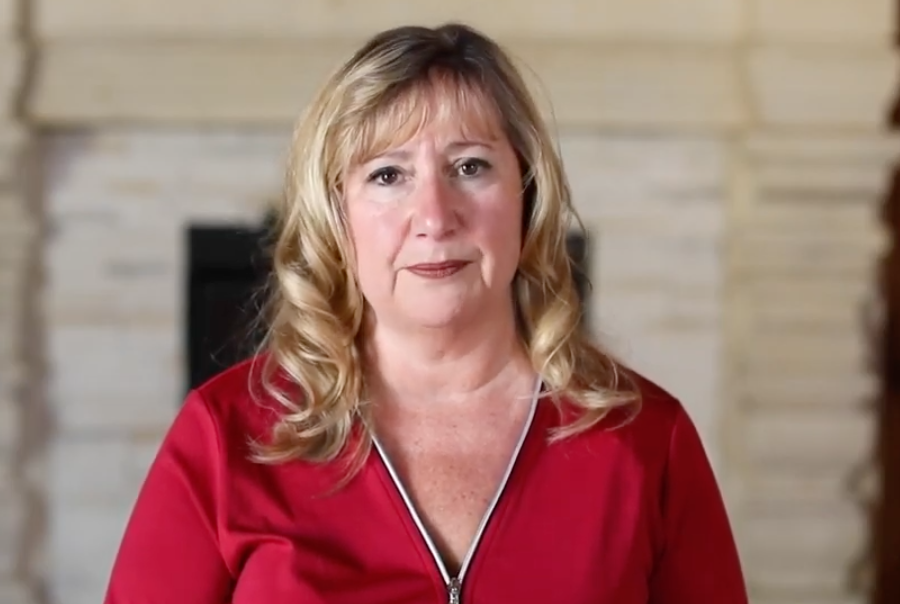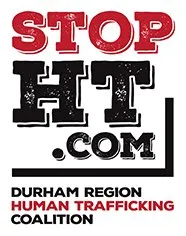How to Prevent Human Trafficking
Together we can stop human trafficking in its tracks. Discover what protective factors can help prevent it.
Protective Factor #1:
Learn What a Healthy Relationship Looks Like
Many people grew up in families where healthy relationships weren't modelled or where there was intergenerational trauma. That makes it hard to identify an unhealthy relationship later in life.
A healthy relationship has:
- Open communication and honesty
- Mutual respect
- Boundaries
- Safety
- Enjoyment
- Acceptance
- Ability to resolve conflict
- Separation of identities
These elements of a healthy relationship can be applied to all relationships whether it be with romantic partners, peers, co-workers, friends or family
Protective Factor #2:
Understand Consent vs. Coercion
Consent is a necessary part of a healthy relationship. Being in a relationship with someone doesn’t give them automatic access to your body or the right to abuse or violate you in any way.
Coercion involves manipulating, blackmailing, pressuring, threatening, intimidating and/or guilting someone until they give in to a sexual act.
It’s important to know that:
- Consent given under coercion is not consent.
- Coercion is often used to obtain consent in situations of human trafficking – but this consent is not legal.
- Anyone under the age of 18 cannot legally consent to sex work in Canada.
- Sex trafficking is not a choice – it is abuse, coercion, manipulation, and internationally recognized as a form of slavery.
Protective Factor #3:
Learn How to Stay Safe Online
Staying safe online is important to preventing sex trafficking.Yet, 38% of Toronto youth said they feel unsafe online and 73% said they have had online interactions with someone they didn’t know.
How to stay safe online:
- Change your privacy settings.
- Do not accept friend or DM requests from people you don’t know
- Turn off your location.
- Block anyone who is abusive, rude or inappropriate.
- Avoid sending photos of yourself that are nude or have identifiable features such as your face or a tattoo.
- Know that sexual exploitation can and often does start online.
Everyone Has a Role to Play
Parents Can:
- Learn about sex trafficking, how it happens, the risk factors and warning signs
- Have an open conversations with your child about healthy relationships, consent and human trafficking
- Watch for warning signs of sex trafficking
- Learn more by visiting the Resources page
Teachers Can:
- Learn about sex trafficking, how it happens, the risk factors and warning signs
- Have an open conversations with your child about healthy relationships, consent and human trafficking
- Watch for warning signs of sex trafficking
- Learn more by visiting the Resources page
Hotel workers can:
- Train staff on sex trafficking, how it happens, the risk factors and warning signs
- Create a human trafficking prevention checklist for staff to follow
- Watch for the warning signs such such as age gaps between young girls and men
- If there is any suspicion, contact the police
- Learn more by visiting the Resources page
Human Trafficking is Happening in Durham Region
If you’re concerned about yourself or someone you know, help is available.
I Need Help »Additional Resources

Human Trafficking: What you need to know
What human trafficking is, how it happens and how to respond.

Keeping Youth Safe: Human Trafficking and Online Exploitation (Video)
Tips on how you can help keep young people safe from online predators.

Linda's Story: Parent of a Human Trafficking Survivor (Video)
Linda Harlos shares her experience as a parent of a human trafficking survivor.
